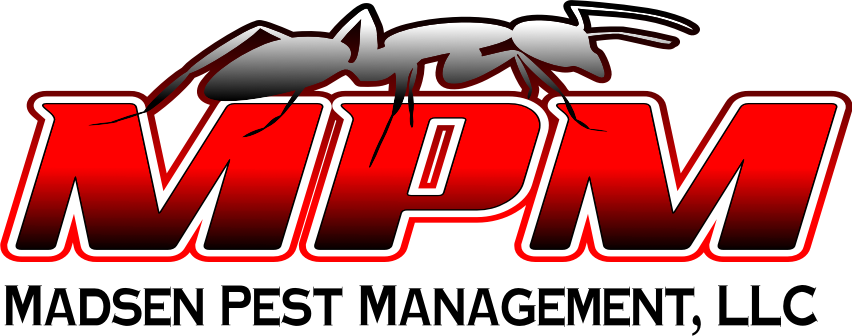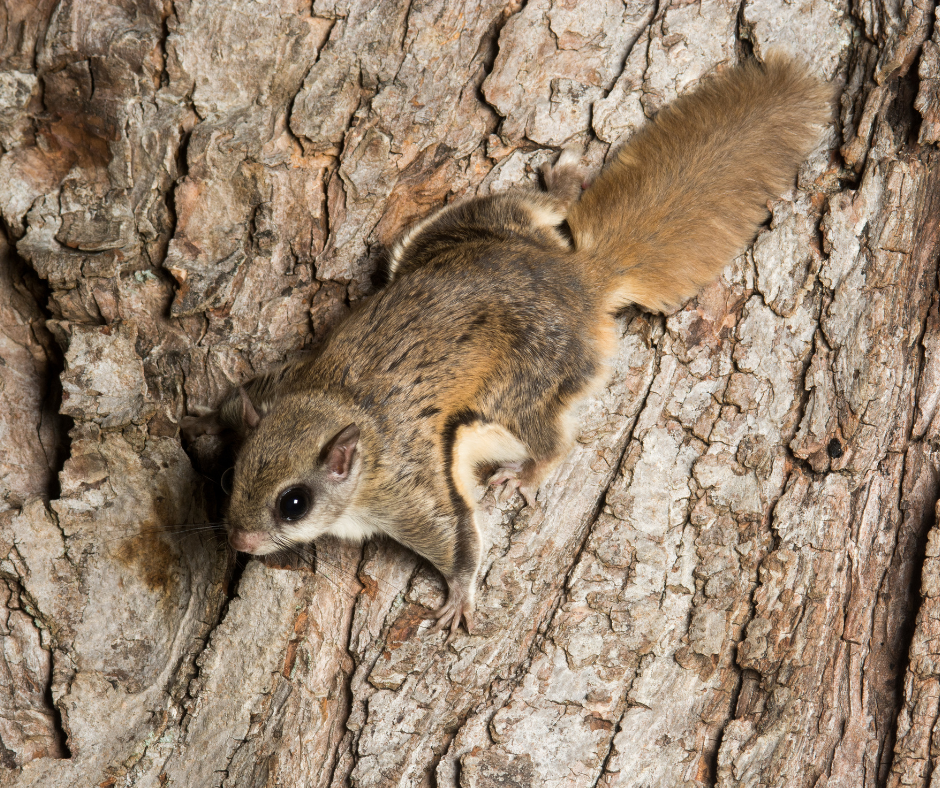Primary Seasons: Spring, Summer, Fall
Moles, the elusive and mischievous tunneling critters that wreak havoc on your yard and even find their way into your home. Don't let their small size fool you, as these mighty mammals measure around six to eight inches in length, comparable to a chipmunk. With their powerful front paws and sharp claws, moles possess incredible digging abilities, allowing them to tunnel through the soil with astonishing speed. A mole's main diet consists of insects and worms, which fuels their relentless burrowing. Moles are the landscaper you didn’t hire and the exterior excavators you can’t seem to eradicate. Their relentless digging creates unsightly mounds that mar the beauty of your lawn, while also undermining its stability. Beyond the surface, these burrowing creatures can even pose a threat to the foundation of your property.
MOLE SPECIES IN WISCONSIN
In the enchanting land of Wisconsin, there are two distinct species of moles that grace the underground landscape.
The Eastern or Prairie Mole, also known as the Common Mole:
Habitat: You can find this mole mainly in the western and southern regions of the state.
Physical Appearance: This mole has a streamlined body with velvety grayish-brown fur and relatively small forelimbs.
Behavior: The Eastern or Prairie Mole is known for its impressive digging abilities and creates extensive tunnel systems underground. It primarily feeds on insects and earthworms.
The Star-Nosed Mole:
Habitat: Star-Nosed Mole is predominantly found in the northern half of Wisconsin.
Physical Appearance: This mole species has a unique star-shaped nose with fleshy tentacles surrounding it, which it uses for sensory purposes. It also has dense, dark fur.
Behavior: Star-Nosed Mole is an excellent swimmer and can be found in wetland areas. It has a specialized nose that helps it detect and capture prey in water.
To learn more about these species of moles check out the Mole Wildlife Ecology and Damage Management guide.
WHAT ATTRACTS MOLES TO YOUR YARD?
Moles are always on the lookout for the perfect spot to call home. Here are three environmental factors that make them flock to your yard:
- Lots Of Insects - Mole love to eat their body weight in insects. Their diet consists of insects, earthworms, white grubs and beetles. Moles will construct elaborate burrows in areas where these insects are abundant.
- Cool Temperatures - Forget the notion of moles being blind or nocturnal. These energetic diggers are active all day long. Moles are attracted to soil that's moist and cool to keep their body temperature just right.
- Fun Landscaping Elements - Moles have an eye for style. Their main highways often follow the contours of landscape features, whether it's a fence, pathways or other human-made borders. They may even surprise you by appearing alongside hedges or other protected areas. And don't be surprised if they cozy up beneath shrubs and trees, sniffing out the insects that call the roots their home.
HOW TO PREVENT MOLES
Preventing moles from invading your yard is key to avoiding the damage they can cause. Here are some preventive measures you can take:
- Reduce Food Sources - Moles are attracted to areas with abundant insect populations. Reduce their food sources by controlling the population of grubs, worms, and other insects in your yard. Consider using insecticides or natural methods to manage the insect population.
- Maintain a Tidy Yard and Lawn - A well-maintained lawn can discourage moles from setting up residence. Regularly mow your lawn at the appropriate height and keep it properly irrigated. Mowing at a higher height can help minimize the presence of grubs, which are a food source for moles.
- Create a Drought - Moles and their favorite food, earthworms, thrive in soft, moist soil. To make your yard less inviting to these critters, consider creating an artificial drought by reducing the amount of water you provide to your lawn. It's important to note that most lawns only require about an inch of water per week to maintain their health, so embracing this approach won't compromise the beauty of your outdoor space.
- Summon The Experts - If your mole problem persists or if you prefer to leave it to the experts, we suggest calling in a team of pros to deal with your mole invasion. When faced with the presence of invading pests, trust the skilled team at Madsen Pest to come to your rescue. Our dedicated professionals follow a meticulous process to eliminate your pest problem and restore peace to your property.
MADSEN METHOD:
Property Inspect
First, our technicians will perform an inspection to identify the type of mole infestation on the property.
Identify
After the inspection, our technicians will identify and create a customized treatment plan to address the mole infestation.Mole Treatment
Annual Control
Don't let these little diggers drive you to despair! If you're dealing with a mole problem, it's important to contact a professional like Madsen Pest Management. Our expert technicians will quickly and efficiently identify and address your pest issue. Effective and efficient pest control is what we do best! Give us a call at (715) 791-4777 to schedule an inspection and treatment today.










